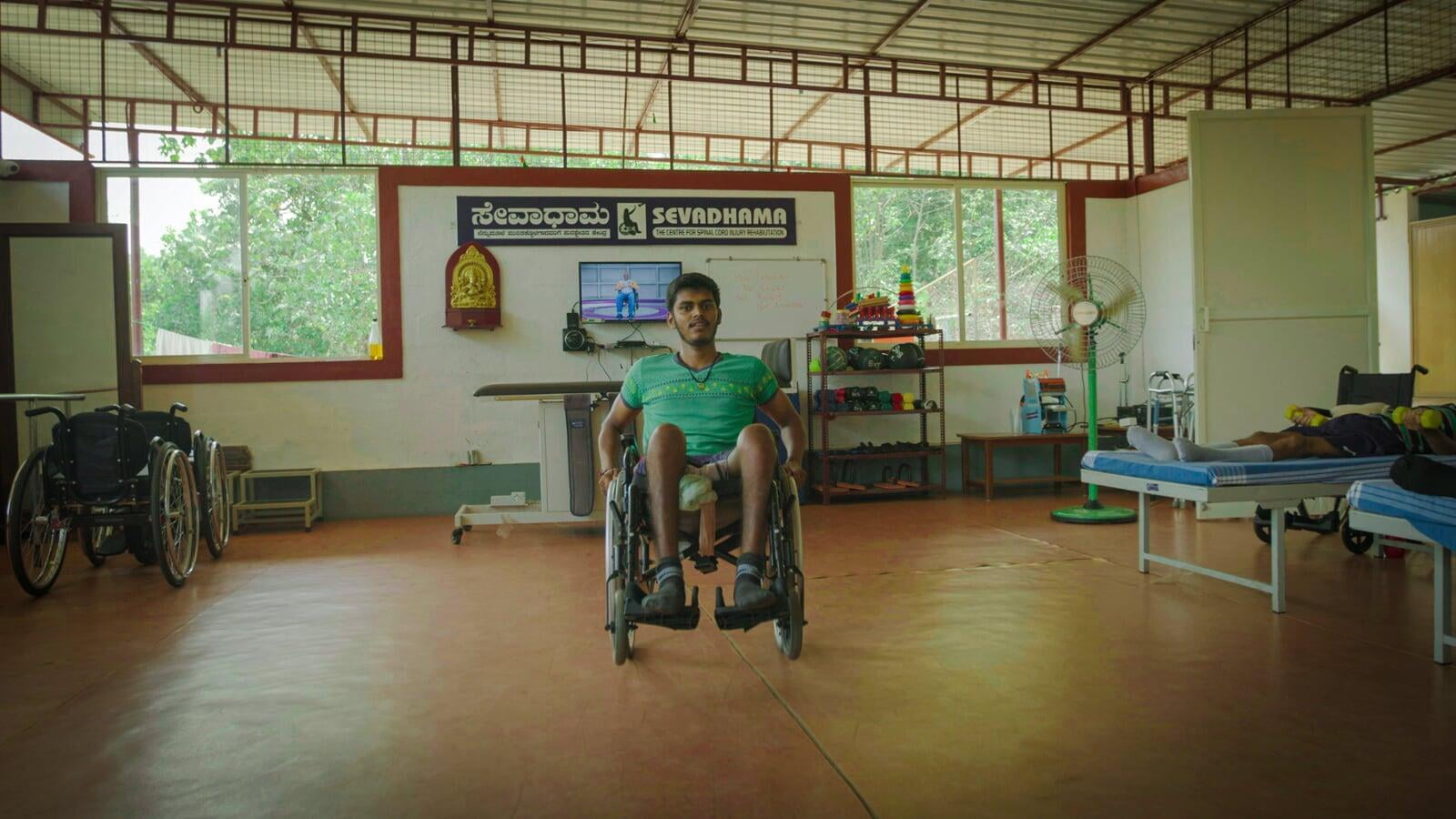WheelChair Skills
Use:
- Because most SCI patients rely on wheelchairs for mobility, they should be provided with one that fits and adjusts appropriately as soon as they begin out-of-bed activities.
- To improve the individual's ability to safely and effectively use a wheelchair
- The purpose of these activities is to overcome barriers in the environment and to thereby permit the wheelchair user to fulfill his/her desired role in society
- Other potential benefits of wheelchair-skills training for wheelchair users and caregivers include fewer acute and overuse injuries, improved sense of wellbeing (through self-esteem, self-efficacy, confidence and personal control), improved development (of children) and having fun
- Improve quality of life.
BASIC SKILLS
- Pressure relief
- Rolling: Backwards, forwards, rolling on soft surfaces
- Stopping
- Turning: Turn in place, turn sideways, turn while moving
- Transfers: Level transfer
INTERMEDIATE SKILLS :
- Fold and unfold wheelchairs
- Going through doorways and obstacles
- Ramps: Ascend and descend ramps, rolling across side slopes
- Curbs: Ascend and descend curbs
ADVANCED WHEELCHAIR SKILLS
- Transfers: Wheelchair to ground
- Picking up objects from floor while sitting on wheelchair
- Stairs: Ascend and descend stairs
- Wheelies
- Wheelie dependent skills.
Use:
- Because most SCI patients rely on wheelchairs for mobility, they should be provided with one that fits and adjusts appropriately as soon as they begin out-of-bed activities.
- To improve the individual's ability to safely and effectively use a wheelchair
- The purpose of these activities is to overcome barriers in the environment and to thereby permit the wheelchair user to fulfill his/her desired role in society
- Other potential benefits of wheelchair-skills training for wheelchair users and caregivers include fewer acute and overuse injuries, improved sense of wellbeing (through self-esteem, self-efficacy, confidence and personal control), improved development (of children) and having fun
- Improve quality of life.
BASIC SKILLS
- Pressure relief
- Rolling: Backwards, forwards, rolling on soft surfaces
- Stopping
- Turning: Turn in place, turn sideways, turn while moving
- Transfers: Level transfer
INTERMEDIATE SKILLS :
- Fold and unfold wheelchairs
- Going through doorways and obstacles
- Ramps: Ascend and descend ramps, rolling across side slopes
- Curbs: Ascend and descend curbs
ADVANCED WHEELCHAIR SKILLS
- Transfers: Wheelchair to ground
- Picking up objects from floor while sitting on wheelchair
- Stairs: Ascend and descend stairs
- Wheelies
- Wheelie dependent skills.




